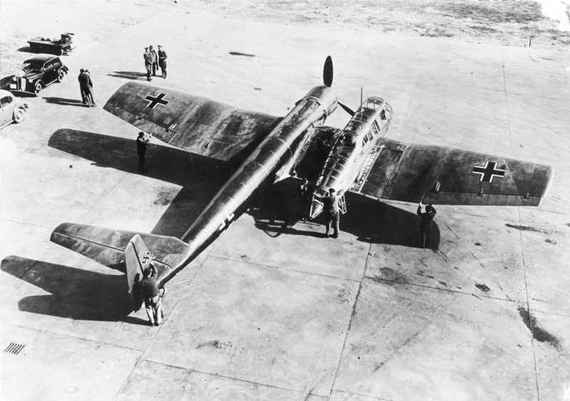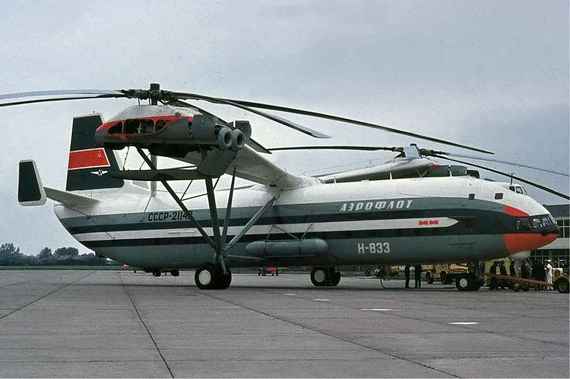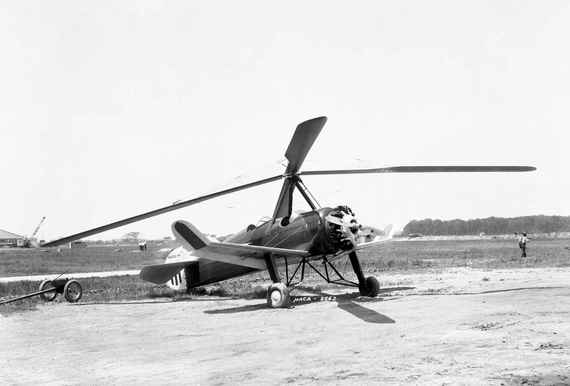
By: Gianni Jaccoma
Ever since Orville Wright turned to his brother Wilbur and said "Hey bro, let's totally pioneer the world of human flight!", the skies have been abuzz with aerial vehicles of every shape and size. Some, like the Boeing 747, are instantly recognizable to anyone who's ever seen an airplane; others, like the ones below, leave you scratching your head, wondering how they ever got off the ground in the first place. These are the 10 absolute strangest flying vehicles ever to grace the wide blue yonder.
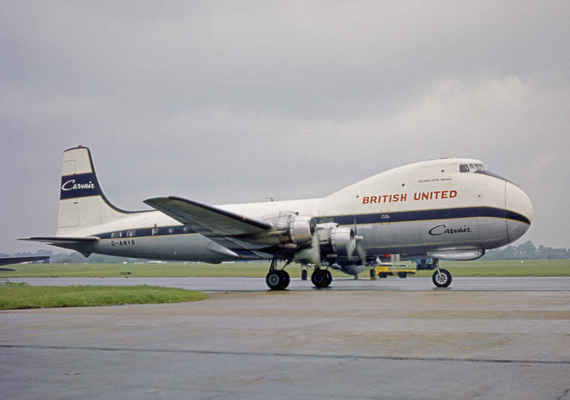
Credit: Flickr/Richard Goring
Aviation Traders ATL-98 Carvair
Year of first flight: 1961
The ATL-98 looks like just another run-of-the-mill passenger plane... until you see its massive, hydrocephalic head and realize it's basically a giant, one-sided Q-tip with wings. These planes were the result of taking the airframe of the iconic Douglas DC-4, then adding a bloated head section that allowed it to transport up to five cars in addition to the 25 passengers in the rear. Besides being notably crash-prone (eight of 21 produced were lost), the relatively small payload of the ATL-98 meant it was destined for the scrapyard.
Still, it made an appearance in Goldfinger, so that's gotta count for something, right?
Blohm & Voss BV 141
Year of first flight: 1938
If you asked a one-eyed German engineer to design a plane and only let him get halfway done before sending the schematics to the assembly lines, the result would probably look like the BV 141. Despite its unconventional design, the BV 141 actually performed reasonably well in its role as a reconnaissance aircraft, but the Nazis only had around 25 made, and all of those were destroyed (either during the war, or in the years afterward).
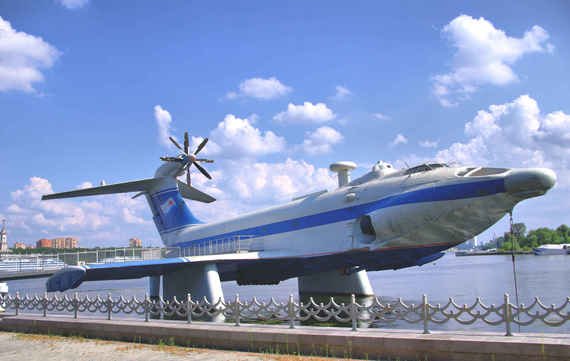
Credit: Flickr/Andrey Korchagin (edited)
A-90 Orlyonok
Year of first flight: 1972
This fugly behemoth was one of Soviet Russia's forays into creating "ekranoplans," or vehicles that use an aerodynamic principle known as ground-effect to achieve flight. These amphibious machines could fly several meters above the surface of the water, and the Orlyonok (or "Eaglet", in English) could take on a payload of up to 61,730lbs while reaching a fairly impressive max cruising speed of about 250mph.
Check out a video of the thing in action here, set appropriately enough to "Land of Confusion."
Mil V-12
Year of first flight: 1968
Sticking with the theme of crazy Russians and their crazy contraptions, the Mil V-12 was their attempt to create a humongous transport helicopter capable of delivering 196 passengers (or around 80,000 lbs of cargo) over a distance of up to 311 miles. While only two were ever built, and the Soviets ended up scrapping the design because it was just too complex, the V-12 did in fact fly, and to this day it's still the biggest helicopter ever constructed.
Pitcairn PCA-2
Year of first flight: 1931
Looking like the bastard child of a helicopter and a prop plane, the PCA-2 autogiro was Pitcairn's first rotary wing aircraft to achieve type certification (basically approved airworthiness) in America. The top rotor provided the craft's lift, while the conventional propeller up front provided the thrust that allowed it to hit a max speed of 118mph. Amelia Earhart famously set an 18,415ft altitude record using one of these babies in 1931, and was the first woman to pilot an autogiro (after only 15 minutes of instruction). Let's blame her disappearance on not flying one of these contraptions on that fateful flight.
More from Thrillist:
Like Thrillist on Facebook: www.facebook.com/Thrillist
